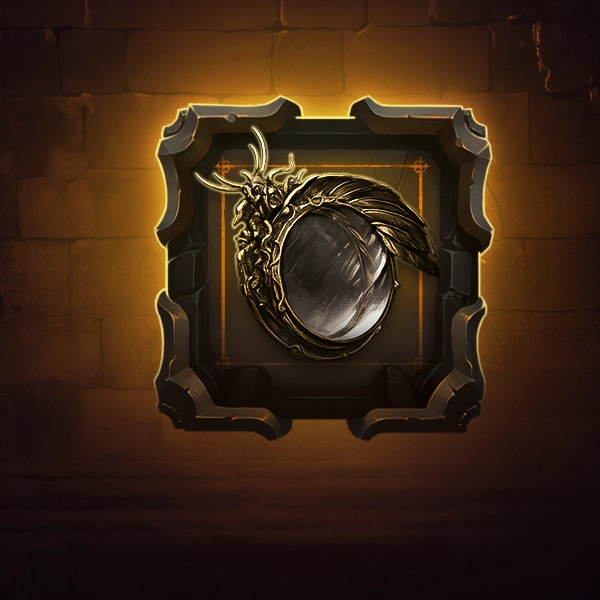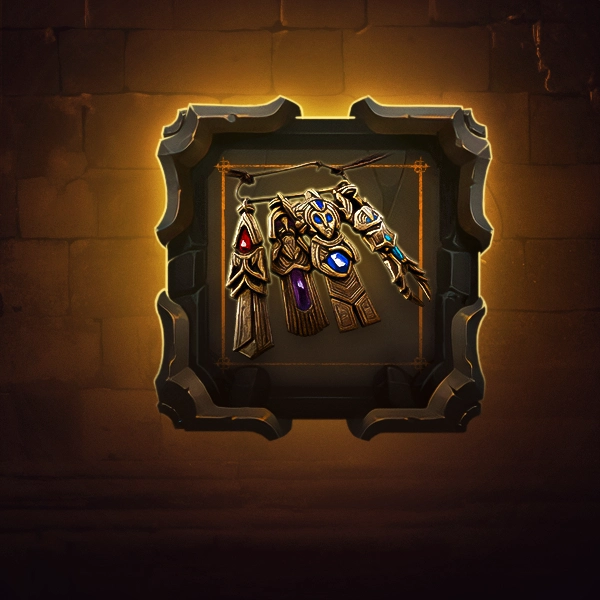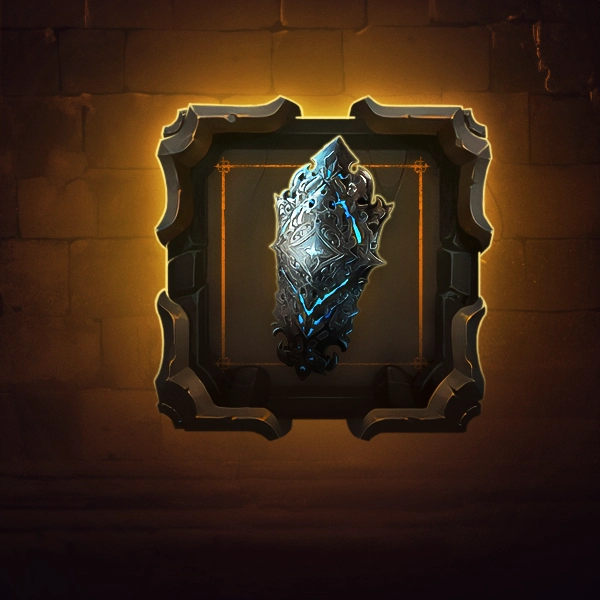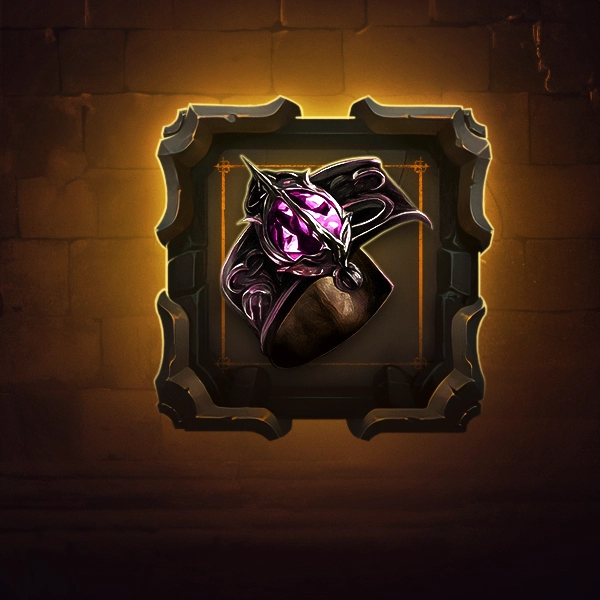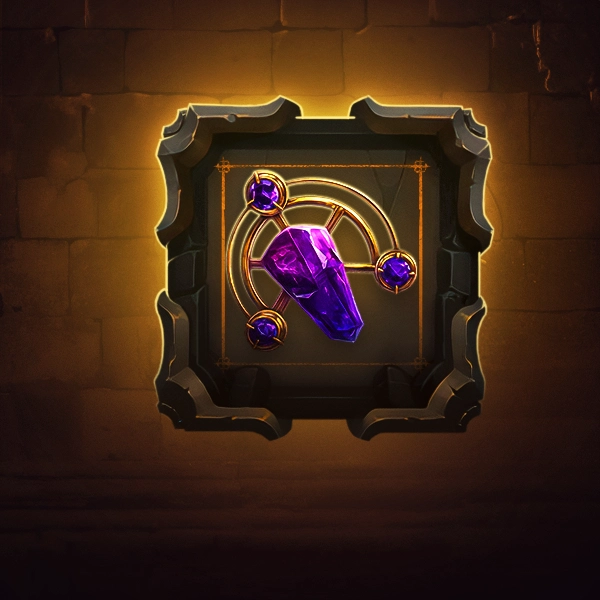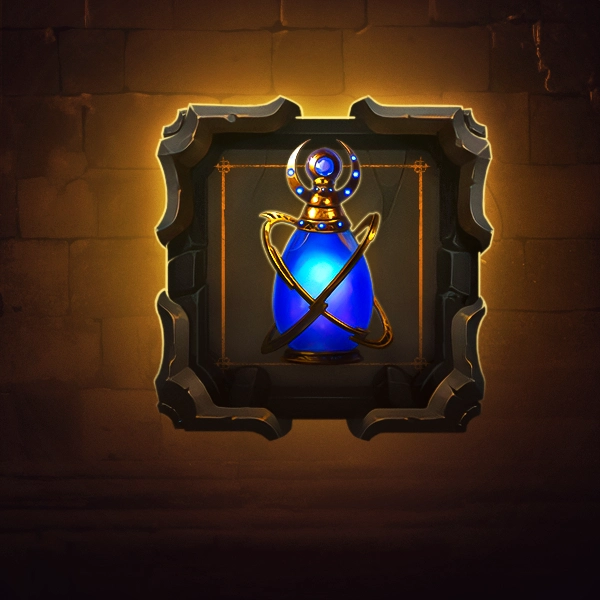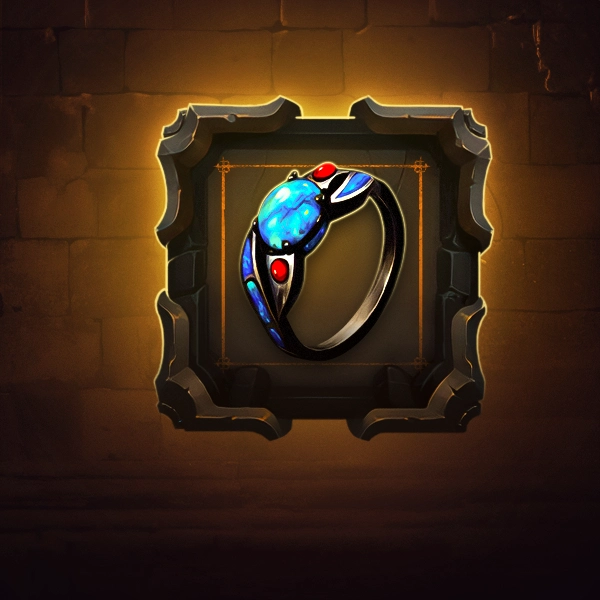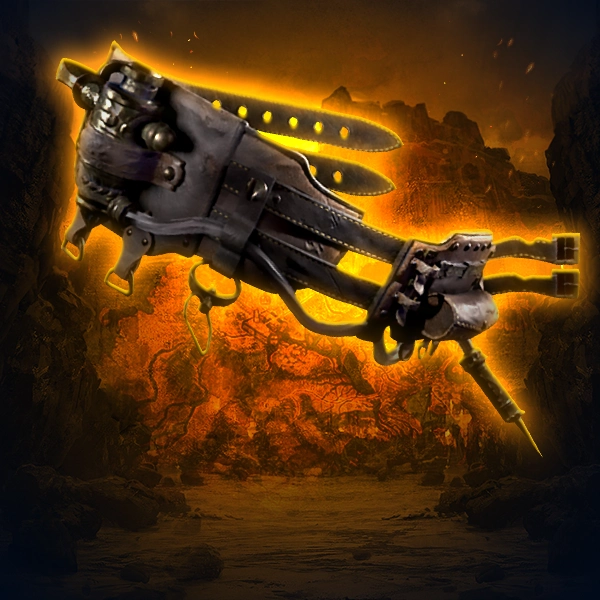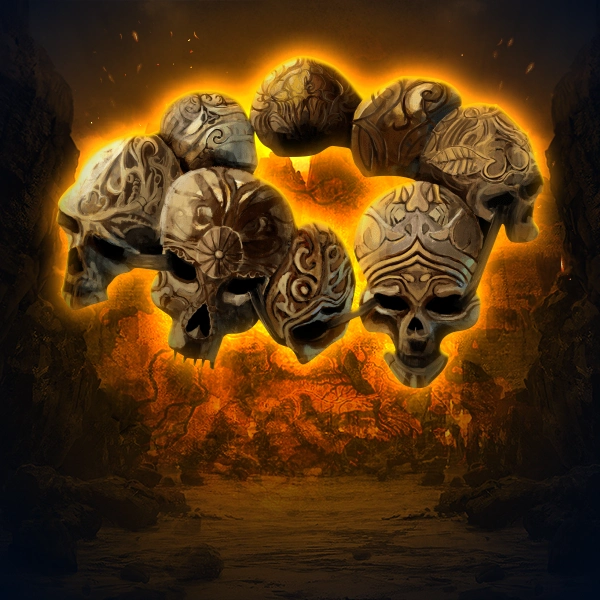Path of Exile Items
Finding the right gear in PoE can take hours of grinding, luck and market sniping, but don't worry if you're not quite there yet! We offer the most popular items like Headhunter, Mageblood, and other BiS gear — already rolled and ready to use. Skip the RNG and gear up in a flash for mapping, bossing, or PvP. And you can rest assured that every item is delivered safely and quickly by our experienced traders. Hey, we totally get it – we all want to save time and start dominating with the equipment our builds truly deserve.
Request a custom order 🎧
Our Reviews
We've earned 10000+ positive reviews from our loyal customers on several platforms, such as Ebay, Trustpilot, Google and more, check them out:
Path of Exile: Gear Up for Adventure
Path of Exile (PoE) offers a deep and rewarding item system that goes beyond just equipping your character. Here's a comprehensive guide to everything you need to know about acquiring and utilizing items effectively:
A Multitude of Loot: Item Types
Path of Exile boasts a diverse range of items, each serving a specific purpose:
- Character Equipment: Armor (body armor, helmets, boots, gloves), weapons (swords, bows, wands), accessories (rings, amulets, belts), and quivers. These come in various rarities, indicated by color (white, blue, yellow, or brown).
- Currency: Used for trading with vendors or other players and upgrading gear. Currency items are consumed upon use.
- Quest Items: Essential for completing quests. These cannot be traded, dropped, destroyed, or moved out of the stash until the quest is finished.
- Gems: Grant powerful skills when socketed into equipment. They can be traded and are easily identifiable by their blue-green color.
- Flasks: Consumable items that replenish health/mana or grant temporary buffs.
- Divination Cards: Collectible sets that exchange for specific rewards. A complete set grants the corresponding item when traded to Tasuni or Navali.
- Map Fragments: Used with the map device to open portals to high-level areas and increase map difficulty. Different fragments have varied effects and drop locations.
- Maps: Keys to endgame content, accessed through portals opened with the map device. Maps can be upgraded by selling three of the same tier to a vendor (16 tiers exist).
Understanding Item Rarity
Rarity significantly affects item properties:
- Normal: Base items with no modifiers. Upgradable to magic or rare using Orbs of Transmutation or Alchemy, or to a random rarity with an Orb of Chance. (White)
- Magic: Possess the same base stats as normal items but have up to two modifiers (one prefix and one suffix). Modifiers depend on the item level and type. Can be rerolled using Orbs of Alteration and upgraded to rare with a Regal Orb. (Blue)
- Rare: Most common item type, with up to six affixes (three prefixes and three suffixes). Can have at least four affixes when looted or created. Upgraded to six affixes with an Exalted Orb. Names are random.
- Unique: Top-tier gear, the rarest items in PoE. Offer powerful special abilities or attributes but can be expensive, especially Corrupted, Legacy, and League-Restricted versions. May require specific character builds to utilize effectively.
Modifiers: Shaping Your Gear
Modifiers alter various aspects of an item, monster, or area:
- Implicit Modifiers: Granted to items upon dropping. They are most commonly found on specific equipment types like rings, amulets, and weapons.
- Explicit Modifiers: Dynamically generated based on rarity. The number of affixes depends on the rarity class (one for magic, up to six for rare and unique).
- Enchantments: Similar to implicits but depend on player choice. Any item can be enchanted, regardless of rarity. However, enchanting an already enchanted item replaces the existing modifier.

